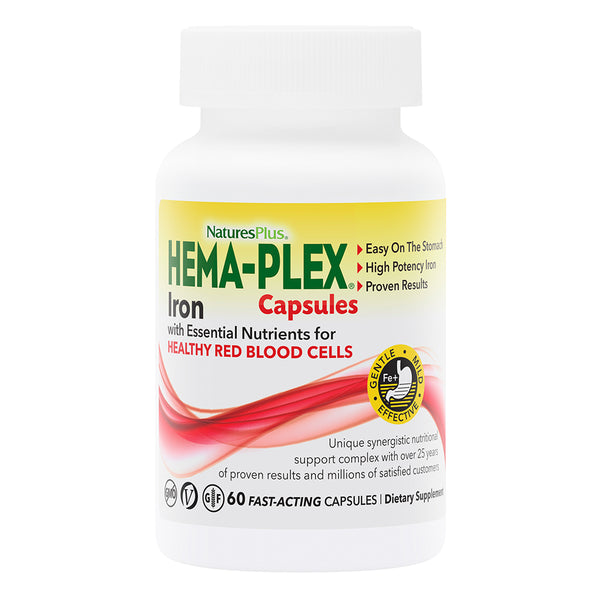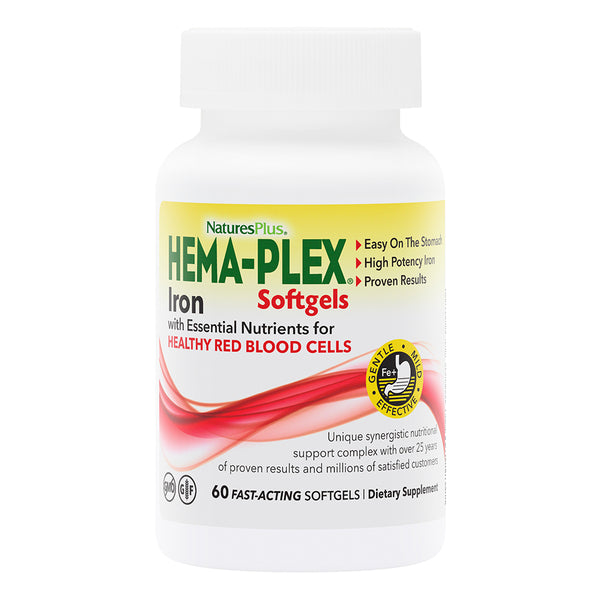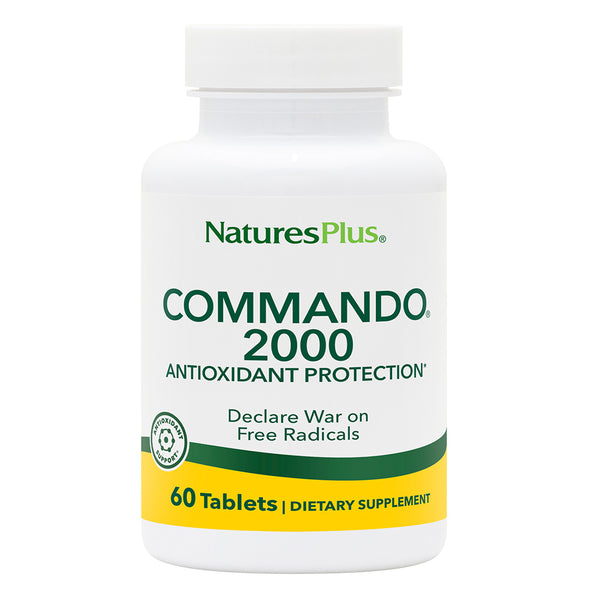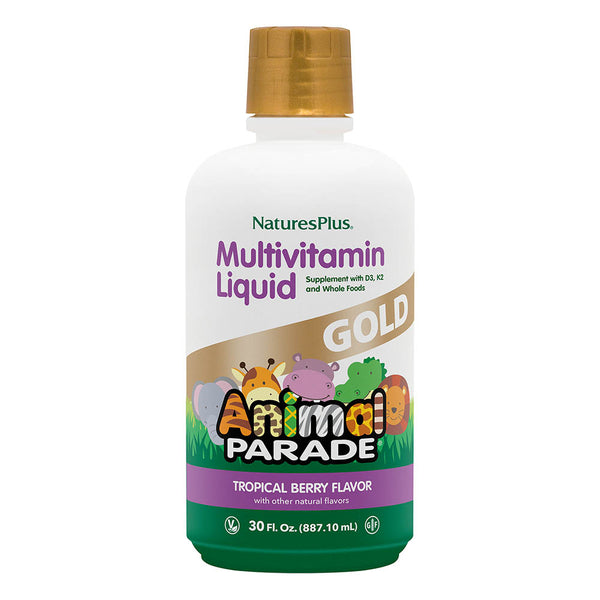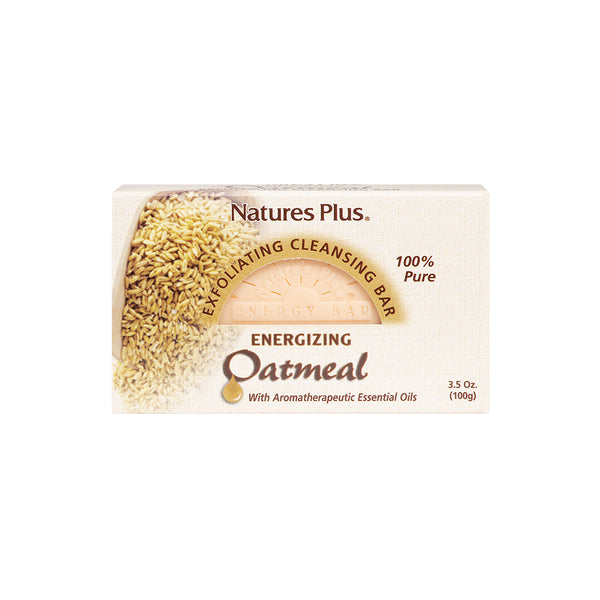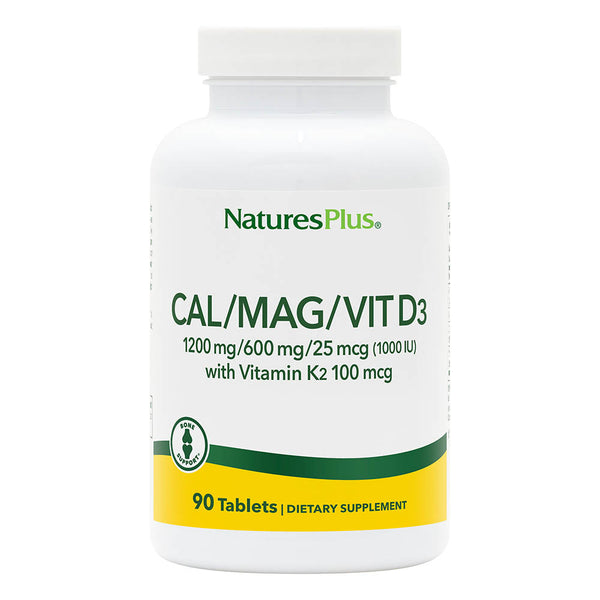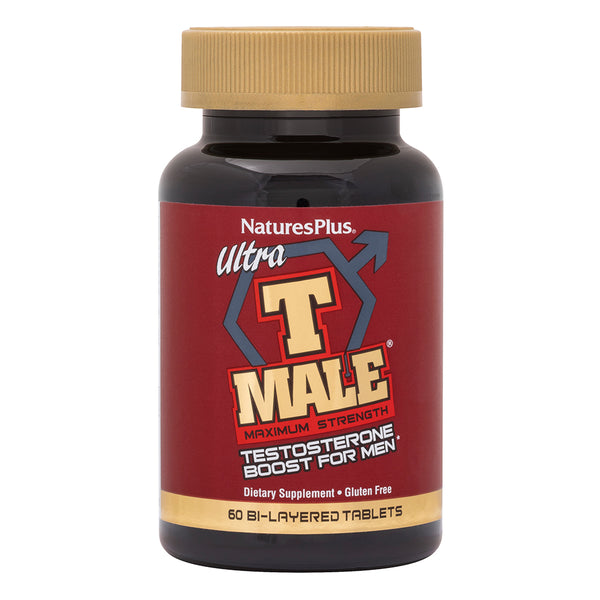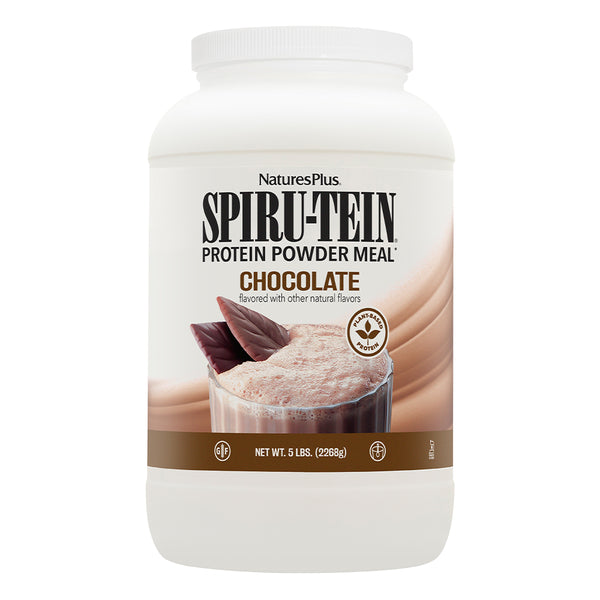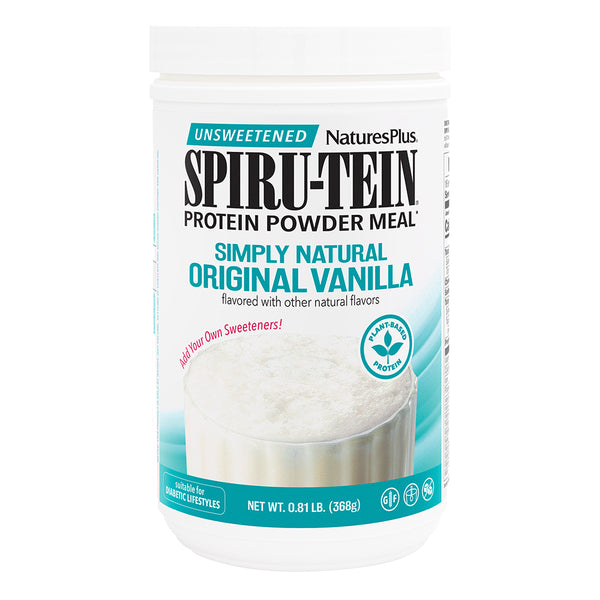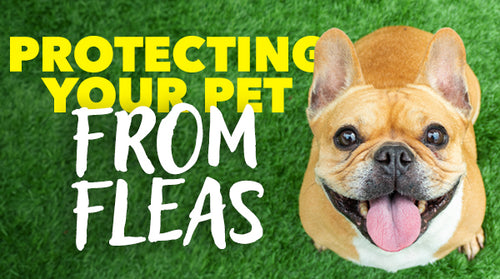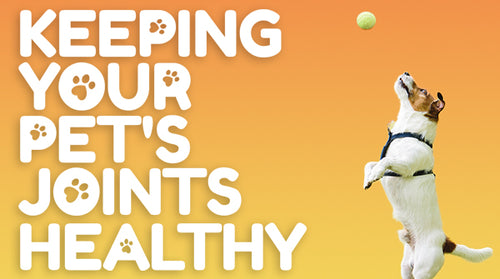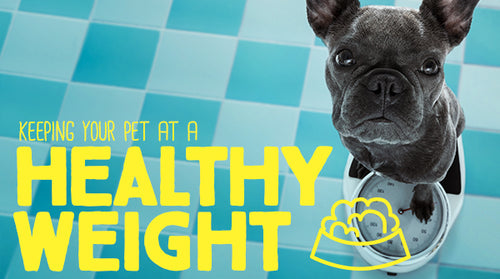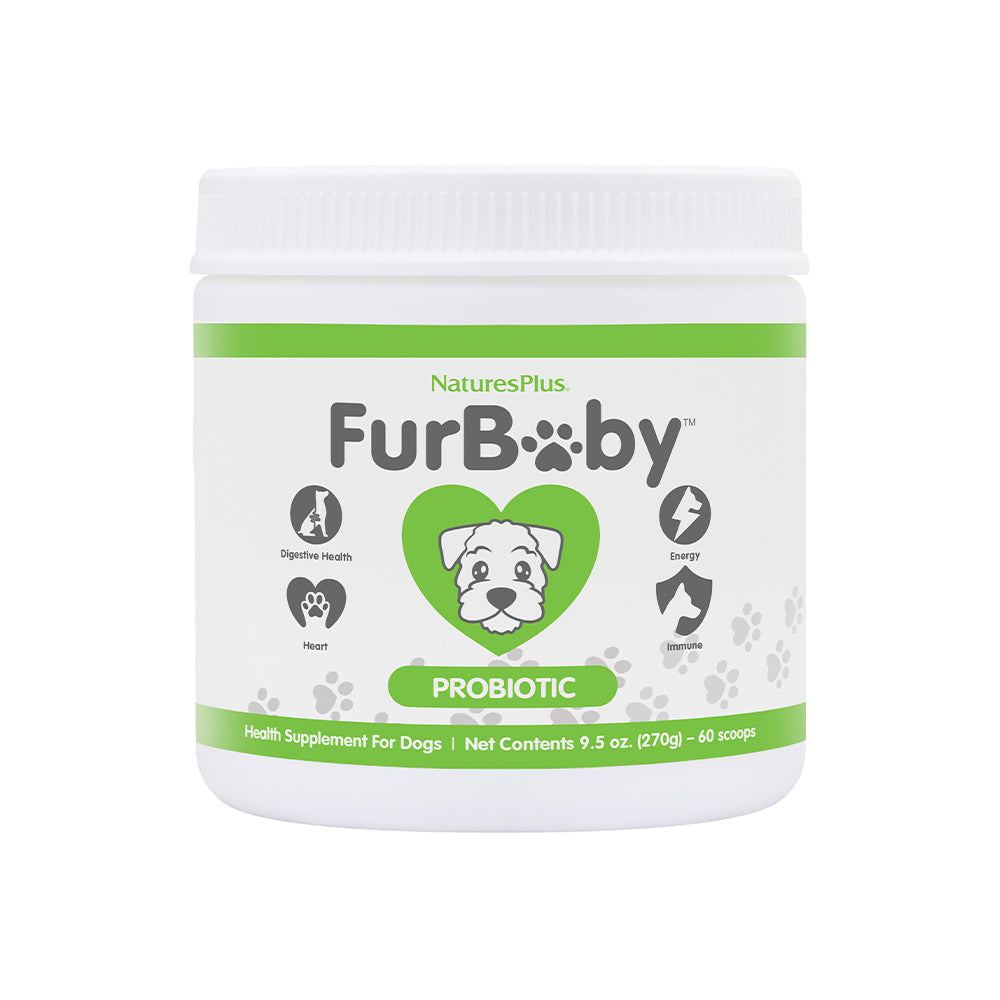Whether you want to create the next social media superstar or simply post adorable shots to your feeds, knowing how to take good pictures of your pet will help you show the world your bestie in all his or her glory.
Here is advice on taking pet pictures you’ll be proud to show off.
Equipment for Pet Photography
Most social media pictures are taken with smartphones, many of which “have solid cameras that are perfect for grabbing great shots,” say the folks at ASPCA Pet Health Insurance (ASPCA PHI). “You can take high-resolution photos and even edit your pictures right on your phone.”
To get more out of your phone camera, you can download apps that will give you additional creative control over your pictures. Two examples are Focos for iOS and Open Camera for Android.
If you want a more pro-style camera, you can get asingle-lens reflex (SLR), available in digital (DSLR) and now mirrorless (MSLR) models. These cameras allow you to use different lenses and adjust settings manually; go here for advice on how to use one.
Whether you use costumes and props is up to you. Just make sure your pet is safe and comfortable while wearing or posing with them.
Shooting Post-Worthy Pet Pictures
First of all, don’t force your pet to become an internet star if they’re just not feeling it.
“If you make your pet feel uncomfortable every time they see your smartphone, they won’t be interested in posing for you again,” says photographer Taya Ivanova atExpert Photography. Any signs of resistance or anxiety means the photo shoot is over (at least for now).
While you can get great shots all by yourself, consider asking someone to help you.
“An extra set of hands can be invaluable when taking photos of your pet,” says ASPCA PHI. “Your assistant can get your pet to look your way by squeaking a toy behind your head or holding out a treat. If you’re looking for an action shot, they can throw the ball, toss the frisbee or run alongside your pet.”
Finally, “great pet photography is about volume,” notes ASPCA PHI. “You’ll need to take lots of pictures, and there will be plenty of duds, but among all those pics will be some gems.”
Here are 10 tips for getting the perfect pet shot.
Look for Simple Backgrounds
The first step in your photo shoot: Looking, reallylooking, at the space you plan to use.
“Avoid busy backgrounds filled with messy clothes, people and vibrant colors,” says Ivanova. “You can hang up bedsheets to create a makeshift studio backdrop. Or you can use a white wall, or take photos in empty spaces. Fields and white rooms are perfect for this.”
In addition, try thinking your shoot through beforehand.
“Conceptualize a photoshoot theme and plan your key shots as well as what you may have to do to create them,” saysAdorama, a photography retailer. “Add variety by choosing several areas of the house that you may place your pet in and by planning different activities.”
Shoot in Natural Light
Another thing to look for when scouting locations for your photoshoot is the availability of natural light. Go outside if possible; if not, use a room with a large window.
Why natural light? Flash bursts “can scare your pet and make their eyes look red and devilish,” says ASPCA PHI.
And while a sunny day may seem ideal, it’s really not.
“The sun acts as a super bright spotlight and it is directly overhead. This causes shadows that you may not want. And the shadows are super dark while the highlights are super bright,” explains Anabel DFlux ofDFlux Photography. Instead, try for a cloudy day, when the light is diffuse and soft.
Or shoot during the “golden hours,” the first hour after sunrise and before sunset, when the sun’s low angle in the sky gives everything a warm glow. Just keep in mind “you have a short window, so work fast,” DFlux advises.
Prepare Your Pet for the Shoot
You only get one chance to make a first impression, so make sure your pet is freshly brushed and that his or her face is clean, especially around the eyes. If your pal tends to get shaggy or matted, schedule your session soon after a trip to the groomer.
“The success of the shoot can sometimes rely on proper scheduling,” notes Adorama. “If you’re aiming for portrait-style photos, you’ll have a much better chance of catching your pet in a relaxed position when they are feeling sleepy or have just woken up.”
On the other hand, “if you’re seeking dynamic action shots, it’s best to take photos of them when they are most energetic. You can usually prep them for the latter by playing with them beforehand.”
Capture Your Pet’s Attention…and Be Patient
Getting the perfect picture may be whatyou want. Your pet…maybe not so much.
“Pet photography requires a lot of patience,” says the team atDigital Photography School (DPS). “Dogs, cats and other pets can be pretty excitable, but if you’re patient enough, your furry friend will end up relaxing.”
Remember that patience means not getting exasperated—an uptight vibe your pet can pick up on.
“The worst thing you can do is to raise your voice and repeatedly command them to do certain things, as this will only confuse or freak out your pet,” says Adorama. “They can sense what you’re feeling, so the more relaxed you are, the higher the chances of you getting a decent shot.”
Adorama suggests this trick: Let your pet “play quietly and, once you’re ready with the camera aimed and your finger on the shutter, call for your pet’s attention. Click the shutter the second they look in your direction and you’ll be able to capture them with their full attention on you and your camera.”
ASPCA PHI suggests talking to your pet, noting that dogs especially “understand our words and emotions better than you may have thought.” Toys and treats (particularly something your pet absolutelyloves) can also help keep your friend engaged in the process.
Focus on Your Pet’s Eyes
Want people to feel a real connection with your pet? Focus on the eyes.
“You may want to watch out for and capture that perfect ‘puppy-dog eyes’ moment, whether or not they’re looking straight at your camera,” says Adorama. “Expression and personality in the eyes will always result in more engaging photos.”
“When you take photos indoors, make sure there’s enough surrounding light to make your pet’s eyes stand out,” suggests Ivanova. “You can use white walls or reflectors to create that special glow.”
And you don’t necessarily need an SLR camera to maintain sharp eye focus.
“These days, some cameras offer eye AF for animals,” notes DPS. “With eye AF activated, your camera will identify your pet’s eyes—and nail focus consistently!”
Get Down to Your Pet’s Level
Want your pet’s personality to really come through in photos? Get down and shoot at their eye level.
Crouching or lying down may be uncomfortable at first. But doing so will allow you to get more expressive pictures that will create a greater sense of connection with the viewer. (Keep a lens cloth nearby to clear nose smudges off the lens.)
As DPS puts it, “Show us how your pet sees the world!”
Play with Shooting Angles and Speeds
While you’re down on the floor, consider using unusual angles to get pictures that pop.
“Try shooting from way down below (especially for bigger dogs), from the side and even from behind,” suggests Adorama. “Make use of your creativity and try taking close up shots of the face, paws or even the tail.”
You can also create different effects by changing shutter speeds.
“Use a fast shutter speed for action shots; this can help freeze the action and create an exciting effect,” notes ASPCA PHI, which also recommends anticipating what your pet is likely to do next: “If your pet is in motion, it can help to aim your camera ahead of them to catch them in action. You can also use burst or continuous mode to take a quick series of photos.”
Emphasize Your Pet’s Personality
Whether your pet is a loveable lazybones or an excitable goofball, find ways to bring out their unique qualities in your shots.
“You know your pet better than anyone else, and a successful picture is one that conveys the character of its subject,” says DPS. “So try to display your pet’s character in your photos. If you have a lazy cat, show them yawning. If your animal is of the playful type, show them in action performing their favorite trick.”
Shoot the Perfect Pet Selfie
Want a shot of you and your pet together? If you’ve got a cuddlebug, that should be fairly easy.
Pet selfies are still possible, though, even if your pal isn’t always one for overly close contact.
Ivanova recommends buying an inexpensive tool “that will hold your pet’s favorite toy above your smartphone. This will grab their attention and make it look like your pet is looking straight at the camera.
“Another way to take a successful selfie is to play with your pet first. They will be more open to posing with you when they’re relaxed.”
Edit Your Photos After Shooting
Some drool in your pictures? That’s what post-shoot editing is for.
“Consider downloading a highly-rated photo editing app to adjust your photos,” says ASPCA PHI. “Use it to crop your photos and eliminate distractions in the background. You can also adjust the lighting or contrast.”
Expert Photography suggests trying one ofthese apps.
Shooting Pet Video
While you’re taking still pictures, consider shooting some video—a hot trend on social—at the same time.
Many of the tips for still pet photography apply to video. In addition, “it’s helpful to have a concept or story in mind,” says ASPCA PHI. “This can be as simple as your dog meeting a new four-legged friend at the park or learning a cool trick in several short clips.”
One way to get the perfect video is to start shooting before cueing your pet to perform the trick or behavior you’re looking for, which lets your friend get comfortable with being on screen.
Do a search and you’ll find a wide variety of opinions regarding ideal clip length; check the timings for popular videos on the platform you plan to use. If you’ve shot long segments, they can always be shortened with an editing app.
“In addition, pay attention to sound,” notes ASPCA PHI. “If there’s unwanted background noise like people talking or cars driving by, consider muting the video and adding music as a backdrop.”
Like this article? You’ll love our weekly newsletter
sign up here!
**These statements have not been evaluated by the Food and Drug Administration. This product is not intended to diagnose, treat, cure or prevent any disease.



